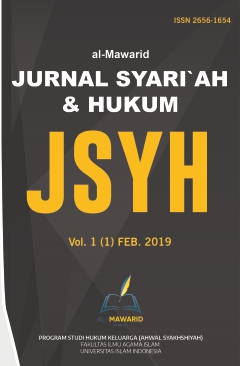Main Article Content
Abstract
The picture of the Indonesian in “The New Order” with a variety of needs and conflicts was a problem that later led to the Reformation Era marked by the “fall” of Suharto from his position as President of the Indonesian Republic after ruling for 32 years. The communities appear to have diverse roles. The various forms of behaviour reflected the conditions and circumstances of each, either as an individual or group. Pillage, rape, accusation, blasphemy, on one hand and the establishment of new parties, demonstrations and congregational prayers on the other colour Indonesian society today. A land of a thousand islands with a song of “Nyiur Melambai” (Waving Palm) which symbolizes comfort and peace as it is now has weakened in sorrow, lamenting the fate of the nation that looks ‘messy’ by the variety of concerns and needs of some people. A condition in the nation’s life perceived as a slump becomes difficult to evolve for a better future of a country. The condition appearing in society no longer characterizes the role model of the laws and concern of lives that gave peace and happiness to humanity.
Keywords:Conflict, Reformation, Discrepancy, Role Model, Peace, HappinessArticle Details
- Authors retain copyright and grant the journal right of first publication with the work simultaneously licensed under a Creative Commons Attribution License that allows others to share the work with an acknowledgement of the work's authorship and initial publication in this journal.
- Authors are able to enter into separate, additional contractual arrangements for the non-exclusive distribution of the journal's published version of the work (e.g., post it to an institutional repository or publish it in a book), with an acknowledgement of its initial publication in this journal.
- Authors are permitted and encouraged to post their work online (e.g., in institutional repositories or on their website) prior to and during the submission process, as it can lead to productive exchanges, as well as earlier and greater citation of published work.
